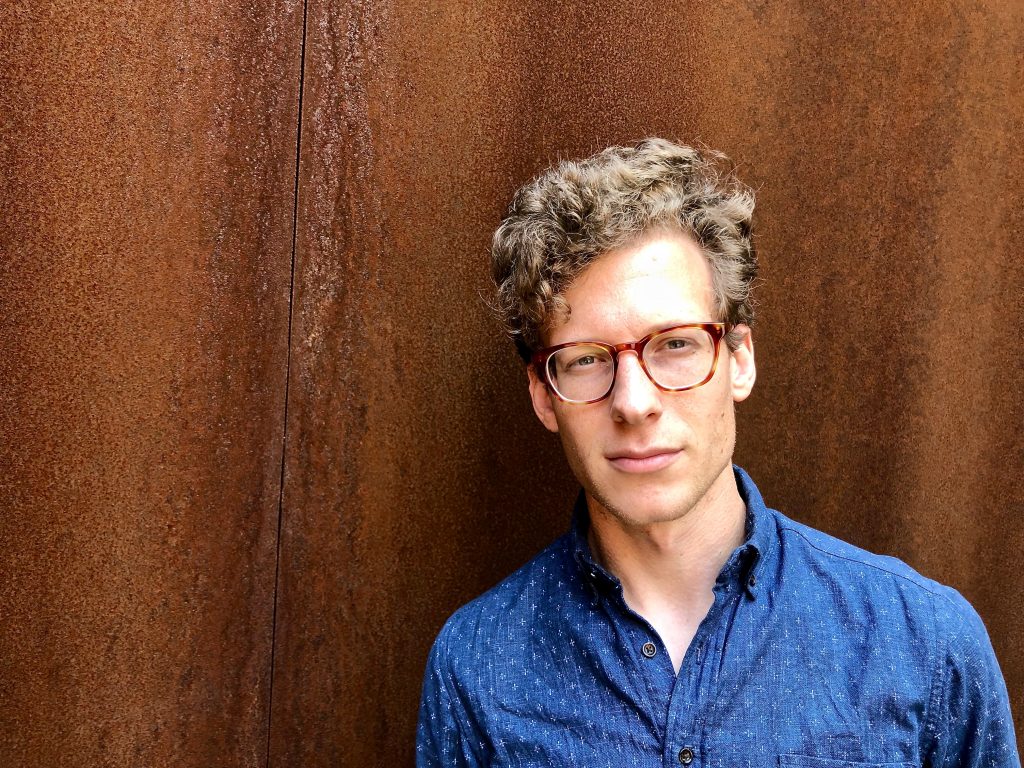Yesterday news broke from Chapel Hill that the University of North Carolina Board of Trustees intervened in the faculty appointment of Nikole Hannah-Jones, dismantling faculty, dean, and university support for her tenure in favor of a five-year contract. The decision regarding the Pulitzer Prize winner and MacArthur Genius Fellow, who spearheaded the 1619 project at the New York Times, was in response to conservative outcry about her hiring. This episode—along with that of Cornel West at Harvard in March, not to mention the case of the firing of Daniel Pollack-Pelzner at Linfield University, among many others—have revived a discussion of academic freedom.
Academic freedom has a complex history and an even more complex partisan positioning in the present form of the (cancel) culture war. In 1986 Ellen Schrecker wrote an important account of academic freedom as it intensified and transformed during McCarthyism, a state-form that legitimized and thoroughly entangled anti-Communism and racism. I quote from a useful passage of No Ivory Tower that describes the forces that shape academic freedom through to the 1950s and, in that respect, offers one framework with which to understand the continued limits and possibilities of academic freedom:
The concept of academic freedom became a useful way to describe in ostensibly professional terms the permissible limits of political dissent. It created an intellectually defensible zone of political autonomy for the professoriat, which was sufficiently circumscribed so as to exclude as unscholarly whatever political behavior the leading members of the academic community feared might trigger outside intervention.
The creation of that zone of political autonomy was a continuous project. From the late nineteenth century on, the definition of academic freedom underwent a series of changes, many of which reflected the relative insecurity of the academic profession as well as the cultural climate of the day. It was never easy for extreme left-wingers to teach. Even during the most tolerant of times, the most notorious heads have fallen. But these belonged to outspoken, energetic activists who were so controversial and conspicuous that they could be barred from the academy under a fairly broad definition of academic freedom. During periods of crisis, however, outside pressures for purging the universities of their supposedly disloyal elements increased; ideas and activities once tolerated came under attack. Professors and administrators responded by revising the normally vague definition of academic freedom to exclude in a surprisingly explicit way the types of behavior the rest of the community did not like. As a result, were we to plot the violations of academic freedom on a graph, instead of a smooth line we would have a series of peaks, each corresponding to some larger social or political crisis, with the biggest one in the 1950s.

